-
Posts
1,952 -
Joined
-
Last visited
Content Type
Forums
Detector Prospector Home
Detector Database
Downloads
Posts posted by geof_junk
-
-
5 hours ago, Jeff McClendon said:
So, I have been keeping mostly in the background and reading your responses to my first post in this topic.
No one has addressed the elephant in the room which very simply is..........why was Deus 2 Fast completely missing those tiny foil targets 2 inches closer to the coil than that dime? I used the word "missing" on purpose. They were clearly present. The Equinox hit them easily.
Unfortunately, after using a Deus 2 for over a week, I believe it has very little to do with target separation or some kind of "super detector which can see through aluminum foil" advanced behavior.
Have you tried the responds with a similar size piece of gold foil that has no thickness and a piece of thicker aluminium. Both Aluminium and Gold have a low conductivity resistance but the eddy currents need a cross sectional area to conduct the current.
-
All the information posted here in for your post would take many lifetimes to acquire by yourself.
A good LINK to read on coil size and depth.
Some examples below.
-
Depth, sensitivity, weight are not the major factor to consider, it is gold yield. Depth and sensitivity depends on size of gold being found. Note the old rule of thumb is that to double the depth you need 64 times more amplification ( therefor battery uses is massively increased) To a small degree depth can be increased by having a larger coil ( depth cuts out at the meter/yard mark...Doubling the coil size will not double the depth maybe 20% increase).
So yield is your goal ..... Find the size and depth for the area you will detect and set your self up with a detector that will allow you to do the 8 hours ( or the time you detect for) that is comfortable, allows full concentration the whole time.
From the feed back you have got and the selection you have asked for GPX-6000 or GPZ-7000 the best, is in favour of the 6000. If you make the wrong choice with the 6000 I am sure the ounce or two to swap would be found soon, providing your location is worth doing for returns (not fun) in no time.
-
NickW I got my first bit of gold (in a pan as a kid with Dad) over 60+ years ago, and have been detecting gold for 40+ years. I have included some gold photos of gold that I have found with old technology VLF and ML_3000 detectors with coils less than 11" wide. These nuggets are the most common size found even on remote virgin patches that I have found. Some of my bigger finds were specimens, I can remember more than 60 ounces of gold from less than ten of them them. As there is a good range of smaller gold in the following photos I would say you would be best to go for the GPX_6000 however if you get hooked on doing flogged deep ground or large deep nuggets I would then buy a second/backup detector with your finds and that would be the GPZ_7000 update when it comes out. The main thing is how you use the detector and the size of the gold you are chasseing.👍 It my birthday tomorrow and since that makes me nearly double your age my views are for an old timer so GPZ_7000 weight might be more acceptable for a young buck such as yourself.😁
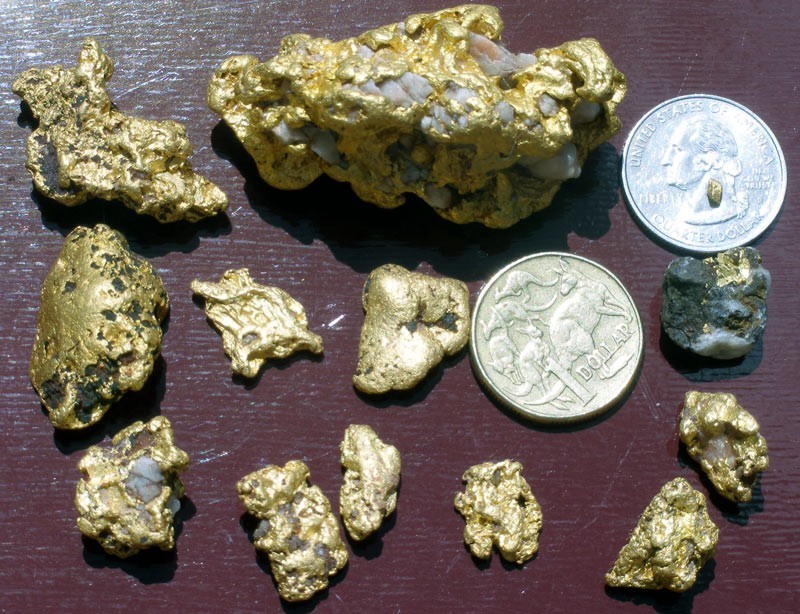
-
Note that those ball bearing are made from non magnetic steel and would remove the ferrous effect on the coil.
Austenitic steels, which contain 16 to 26 percent chromium and up to 35 percent nickel, usually have the highest corrosion resistance. They are not hardenable by heat treatment and are nonmagnetic. The most common type is the 18/8, or 304, grade, which contains 18 percent… In steel: Stainless steels.
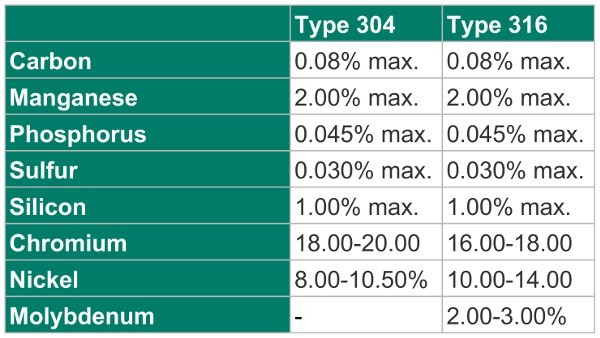
-
On 5/18/2022 at 3:53 PM, Valens Legacy said:
I feel sorry for the little guy that was driving it.
Up date. The driver was found under the influence. His mother has reprimanded him from raiding the lolly jar. 😢
-
If you have to guess the date try 1877, who can argue with you if the date can't be read. 😀
Pricing the 1877 Indian Head Penny
No matter what the grade of your 1877 Indian Head, you can rest-assured knowing you will get quite the sum of money for it. Even in terrible condition these coins are worth a lot, but in Uncirculated condition, these coins are worth significantly more. The chart below will give you a good idea of what you can expect to pay for an Indian Head Penny from 1877, given its grade.
DATE GOOD FINE EXTREMELY FINE UNCIRCULATED 1877 $900 $1550 $2500 $3100 -
GotAU they seem to be tough plastics to stand up to the treatment dished out to them.
Grasshopper I hope you don't get upset, your suggestion might be suitable for NZ as it is cold there but they would not stand-up to AUS. and USA. temperatures. Besides I think coil makers have already used them with no Woolworth label attached.
🤣
-
Something like this. 😀
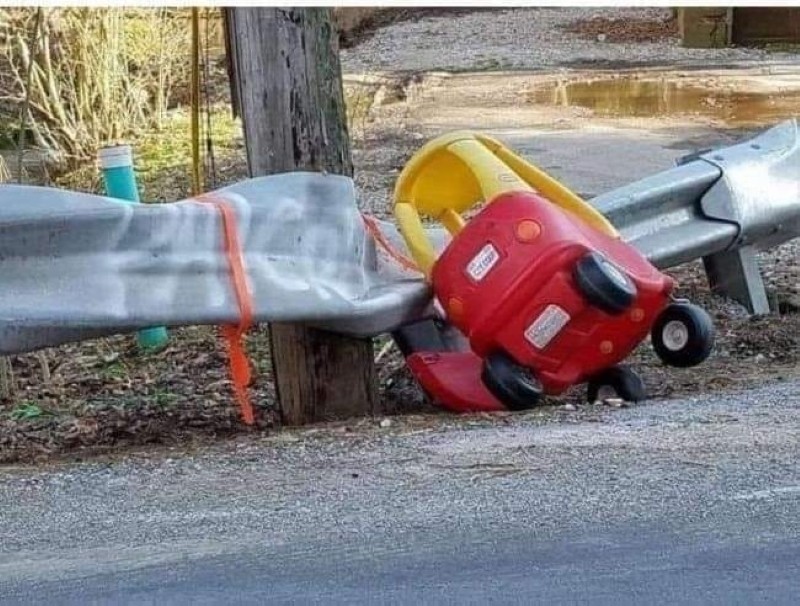
-
11 minutes ago, Aureous said:
I'm up to 4.6gm now. 35.4gm to go. 31 bits in only 6 afternoons, 24 hours spent detecting.
Aureous Well done. _________ You are now at 75% of Australian Minimum hourly wage ($16.10 compared to $20.33) a couple more days at that rate you will be turning Pro. and those slaves to the bosses, have to pay TAX.😁
-
I offer face value of the coins I get to put in the "poor box". It usually works for me.
-
On 5/12/2022 at 10:33 AM, GB_Amateur said:
Here's a good article about the company. From the article:
The patent
Selden, with the help of a couple of machinists, developed a 400-pound engine based on the Brayton engine and applied for a patent in 1879 which included a 4-wheeled vehicle with a steering wheel, clutch and brake.
I really enjoyed that link ..................................................⭐your second star for the link. 😁
-
Back in the day, most people could not register a shot gun pellet. The old Garrett's, Whites etc technology allowed 😉 you to chase gold not lead. This modern tech needs to follow suit. 😁
-
GPX 6000 coil makers information
Nugget Finder Xceed 6000 series
Nugget Finder has now announced there will be 3 Minelab approved coils in the Xceed 6000 range at this stage.
It looks like there will be Mono coils in 8x6", 12x7" and 16x10" sizes, which represent some great options for bushy or tight spots!
If you would like to be kept in the loop regarding pricing and release date, visit our website here and click on the size or sizes you are interested in and hit the 'Notify me' button to receive news as it comes in!
Coiltek Goldhawk Gpx6000 Series Coils
Will be available in 3 sizes - 10x5", 9" and 14x9"
Mono configuration
Precision pinpointing and great manoeuvrability
Fully approved by Minelab
Visit our website here and click on the size or sizes you are interested in and hit the 'Notify Me' button to receive info on pricing and release date as it comes to hand. Once we have firm intel from Coiltek we will begin taking pre-orders!
-
I found that small lead pellets that are buried for a long time have a thick oxide layer on them which might effect their eddy currents, requiring a more sensitive detector to small buried targets to pick them up.
-
Quote
I already had value tied up in my other detectors which were for sale, so all I needed was $3K (which I paid for in saved gold). Rough scrap value is AU$80 per gram so I rounded it up to 40 grams to keep track. I bought a box n screen cover set also which was $100.
Not the first but all upgrades of gold equipment. I like to pay with the finds of previous equipment. That way the hobby has paid for it self. ......... A fact, it seem, most top of the line Gold Detectors release price seems to be about 4 Ounces over the 40+ years.
-
The main things that you know your car battery cranking amps, and the Capacity in Amp-Hour value of the battery and the Amp-Hour of what you need to charge multiplied by number of times needed to be charged and allow a bit for losses. Hope this makes the decision easier. 🙂
https://www.batterystuff.com/kb/articles/battery-articles/battery-basics.html
Extract...........
4. CCA, CA, AH and RC. These are the standards that most battery companies use to rate the output and capacity of a battery.
CCA: Cold cranking amps is a measurement of the number of amps a battery can deliver at 0°F for 30 seconds and not drop below 7.2 volts. So a high CCA battery rating is especially important in starting battery applications, and in cold weather. This measurement is not particularly important in deep cycle batteries, though it is the most commonly "known" battery measurement.
CA: Cranking Amps are measured at 32°F. This rating is also called marine cranking amps (MCA). Hot cranking amps (HCA) is seldom used any longer but is measured at 80°F.
RC: Reserve Capacity is a very important battery rating. This is the number of minutes a fully charged battery at 80°F will discharge under a 25 amp load until the battery drops below 10.5 volts.
AH: An Amp/Hour is a rating usually found on deep cycle batteries and is a capacity rating. The standard rating is a based on how many amps you can pull out of the battery over a 20-hour period. For a 100 AH rated battery this means you can draw from the battery for 20 hours, and it will provide a total of 100-amp hours. That translates to about 5 amps an hour (5 x 20 = 100). However, it's very important to know that the total time of discharge and load applied is not a linear relationship. As your load increases, your realized capacity decreases. This means if you discharged that same 100 AH battery by a 100-amp load, it would not give you one hour of runtime. On the contrary, the perceived capacity of the battery will be that of 64-amp hours.
-
The best finds for satisfaction for me are the ones with a clear old date. You found a good share of them there.
-
I love the key. That key is very religious, cross on one end and a church bell on the other end 😁
-
The fixing is one thing, and they may fix it but that is only half the problem. What about the loss of confidence of the unit as well as the wasted detecting time. My old ML detector got fixed and I could not fault their service. Being about 3000 Km from home on the gold fields without my gold tool for over a week is not nice. But at least I had the wife's detector to use and got more gold than she did that week 😉. The main thing to note, is bad quality control will cause more damage than it cost to up the standard.
-
"I got up early this morning before any of the crew. I had decided to myself last night to move my gold out of here in case hooligans overrun us and find it. I don’t trust anyone when it comes to gold. I took my cache and took it miles from the claims where no one would ever look.."
When it comes to gold it is hard to even trust yourself. 😄
-
-
Like most laws they don't use common sense, and if kept simple the wrong person will find a way to get around it. If something of value (cash or Historic) the responsible finder should be compensated with cash and recognition for doing the right thing. Another thing is a lot of thief's are commonly covered up with "I found it" which is hard to prove that the cow wandered into the farm or was led in.
-
Love that Aussie find. How deep does your detector go mine did not even get a beep on it here.😁



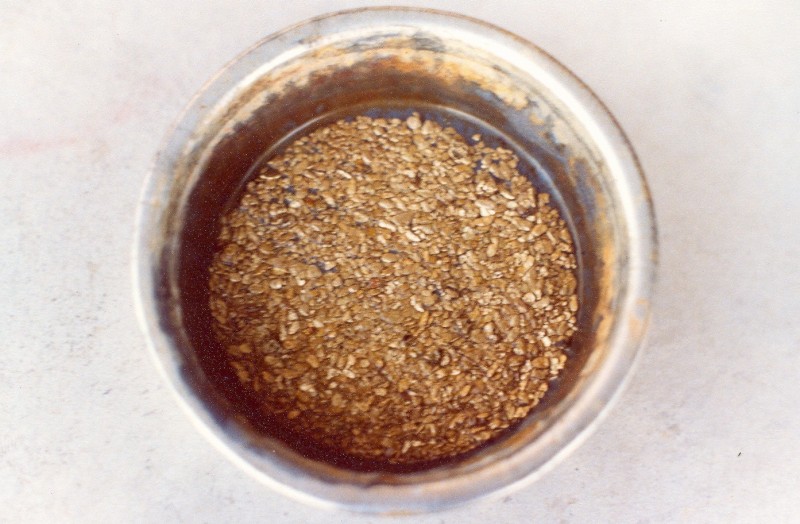
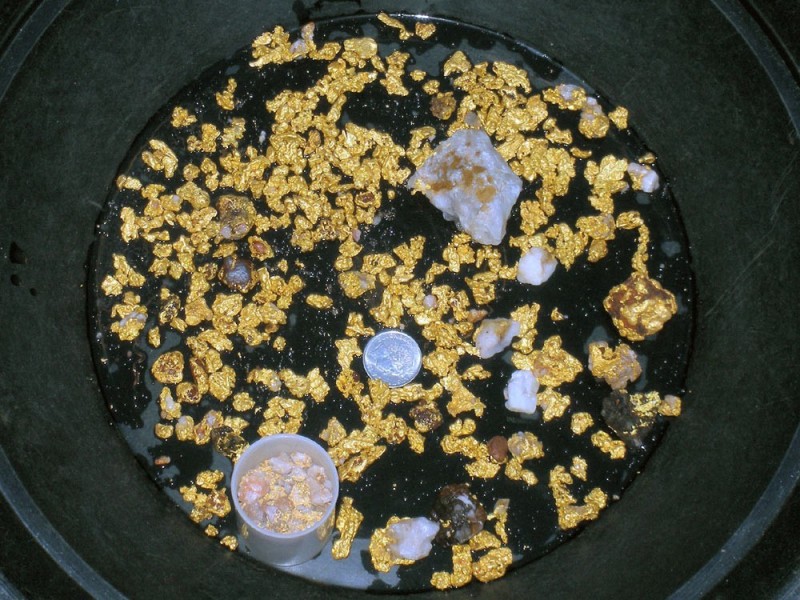
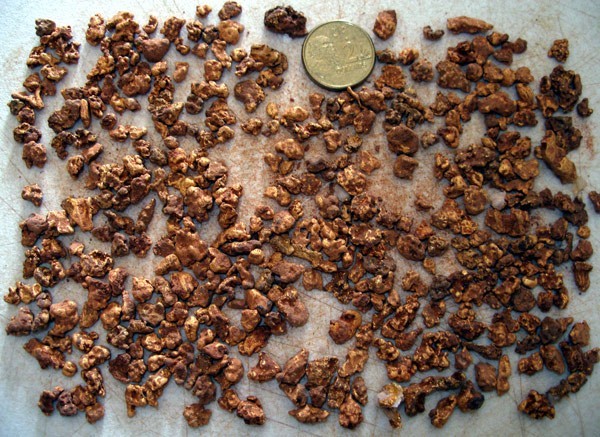
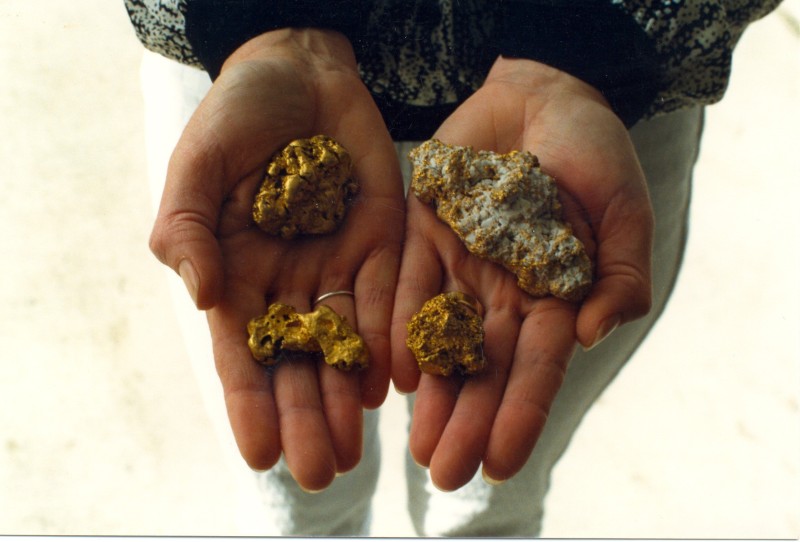
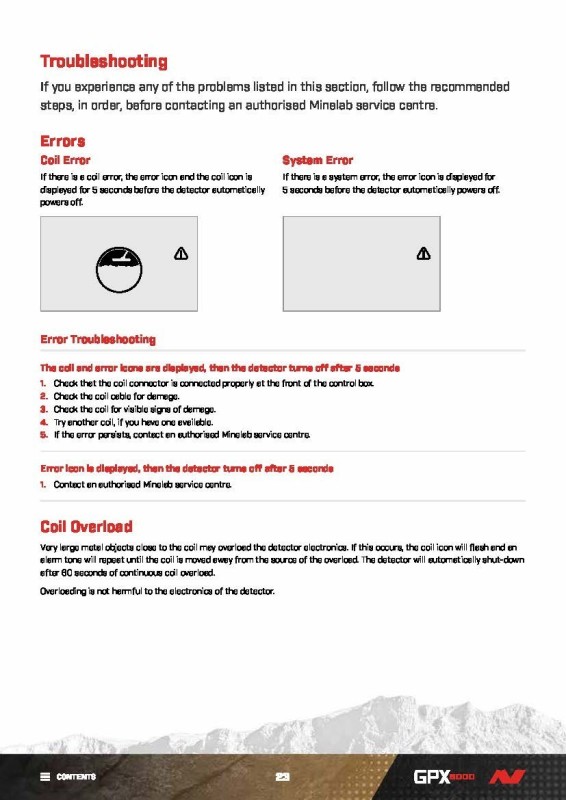
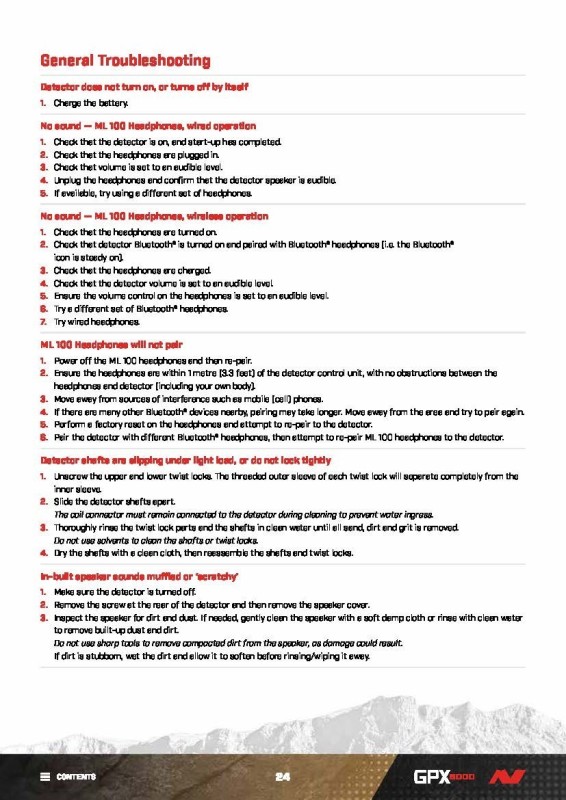
Equinox Vs Deus 2 Separation Test Or???????????
in Metal Detector Advice & Comparisons
Posted
There is more gold in that statement that has been said for a long time. Doing this will also let you know what works and does not work as well. Other people setting are only a starting point. I would add that you go back a yard\meter or so and detect at your normal speed and over lap and see how the signal responds as you go past it.